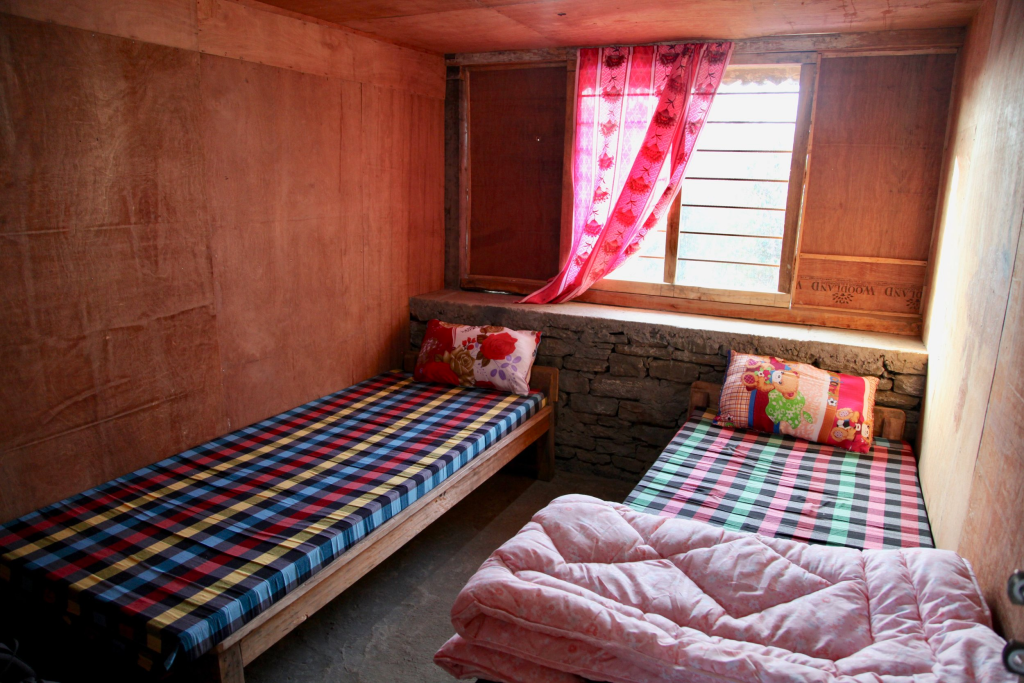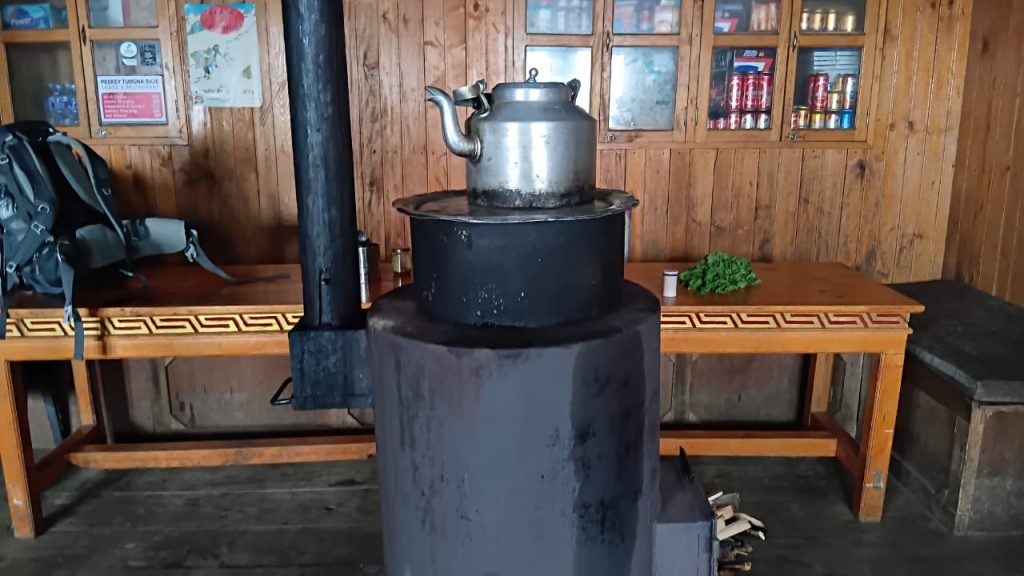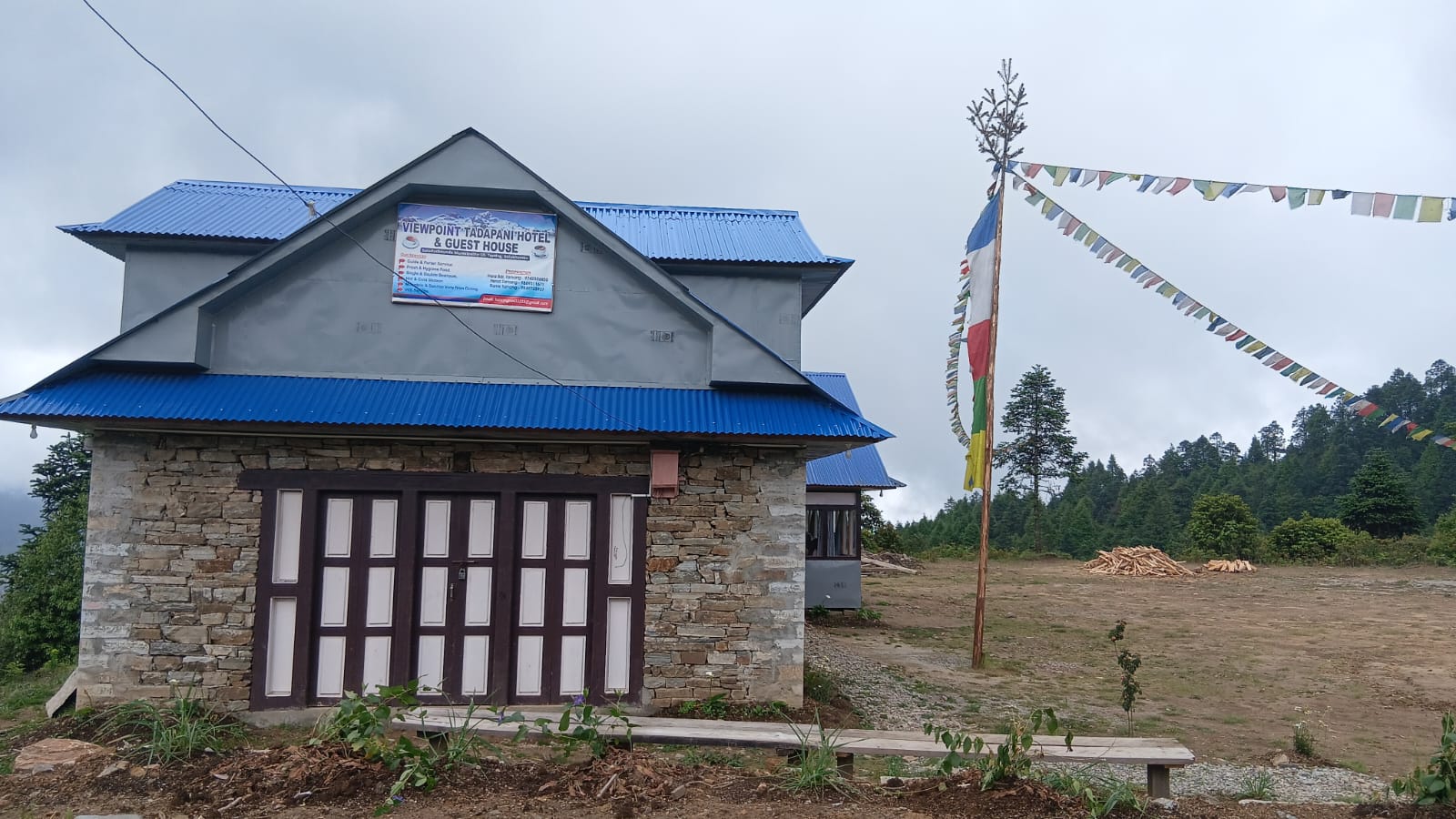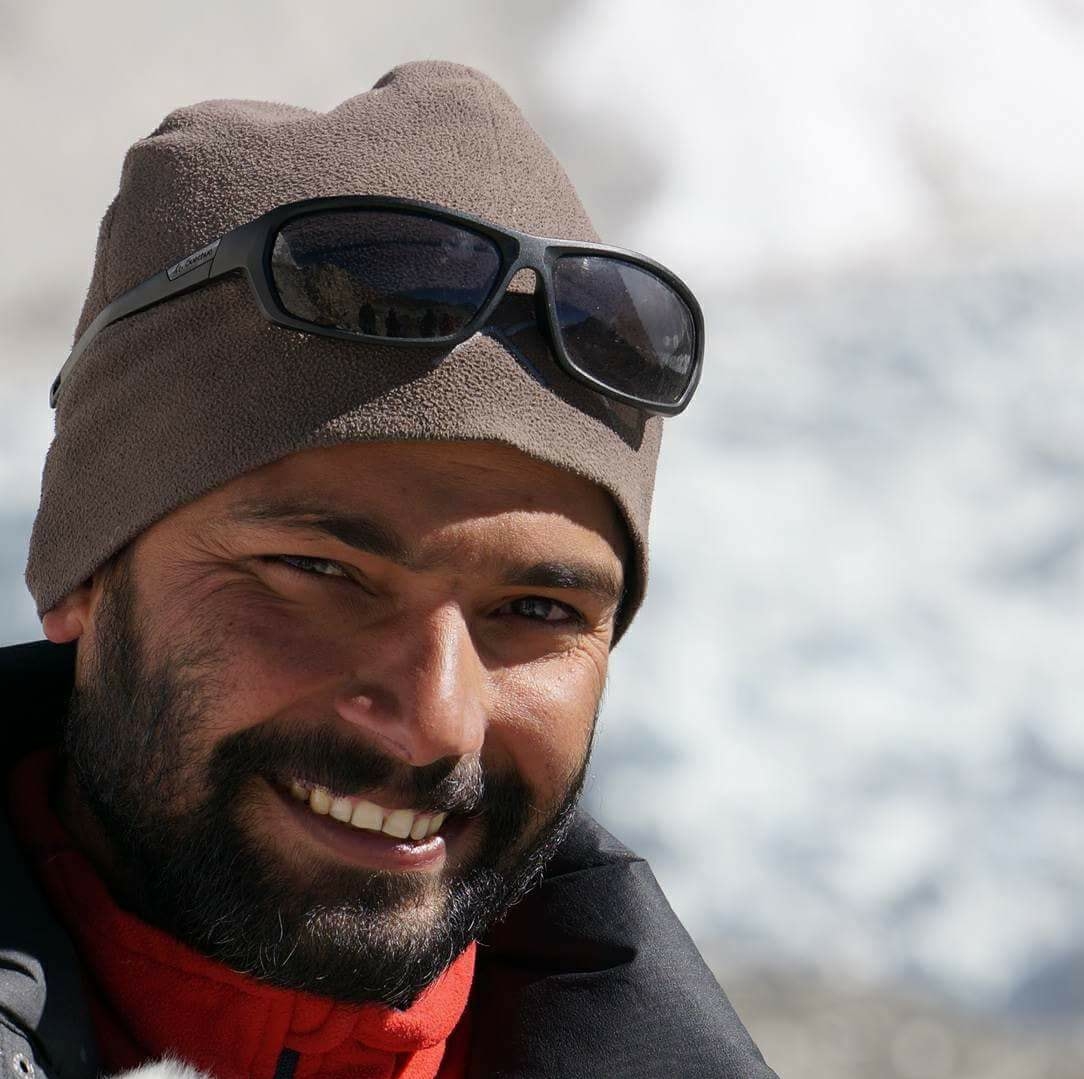Nestled in the Solukhumbu district, Pikey Peak (4,065m) has quietly emerged as a trekker’s paradise, offering stunning panoramic views of eight-thousanders including Everest, Makalu, and Kanchenjunga. But what truly sets this trek apart is the genuine warmth of its teahouse network—a chain of family-run lodges that transform a challenging mountain adventure into a cultural immersion.
The 7-Day Pikey Peak Trek: A Perfect Teahouse Circuit
The classic 7-day Pikey Peak trek offers the ideal balance of adventure and comfort through Nepal’s teahouse network. Starting from Dhap Bazaar (accessible by jeep from Kathmandu), the route winds through traditional Sherpa villages, rhododendron forests, and high-altitude meadows before reaching the spectacular summit viewpoint. Days typically begin with hearty breakfasts in cozy teahouse dining rooms, followed by 5-7 hours of trekking through diverse landscapes, and end with communal dinners around wood-fired stoves.
The itinerary includes overnight stays in Jhapre, Pikey Base Camp, and Junbesi, with each teahouse offering unique insights into mountain culture. Unlike longer expeditions that require camping, this week-long journey provides comfortable beds every night while still delivering the authentic Himalayan experience that draws trekkers from around the world. The moderate difficulty level makes it accessible to most fitness levels, while the teahouse infrastructure ensures you can focus on the stunning scenery and cultural encounters rather than logistics.
The Teahouse Experience: More Than Just Shelter
Unlike the commercialized lodges on popular routes, Pikey Peak’s teahouses retain their authentic character. These are family homes first, guesthouses second. You’ll often find yourself sharing meals with three generations of the same Sherpa family, listening to stories passed down through decades of mountain living.
The teahouses along this route are simpler than their counterparts on the Everest trail, but this simplicity is precisely their charm. Expect basic but clean accommodations with communal dining areas warmed by wood-burning stoves—the heartbeat of mountain hospitality where strangers become friends over steaming cups of butter tea.
Accommodation: Comfort in Simplicity

Picture Source: Oneseed expeditions
What to Expect
Most teahouses offer twin-bedded rooms with shared bathroom facilities. Don’t expect luxury—walls are thin, rooms are small, and hot showers may come at an extra cost (typically 200-500 NPR). However, what you’ll get is clean bedding, spectacular mountain views from your window, and the genuine hospitality that makes Himalayan trekking unforgettable.
Key Overnight Stops
Jhapre (2,815m): Your first night introduces you to the teahouse rhythm. The lodge here is run by a Sherpa family who’ve been welcoming trekkers for over 15 years. Rooms are basic but comfortable, and the common area offers the first taste of that magical teahouse atmosphere.
Pikey Base Camp (3,640m): The highest overnight stop before the summit push. The lodge here is more basic—essentially a mountain hut—but the location is unbeatable. Wake up to alpenglow on distant peaks and the crisp mountain air that makes every breath feel precious.
Junbesi (2,680m): Often used as an alternative overnight stop, this village offers slightly more comfortable accommodations with some lodges featuring attached bathrooms and reliable electricity.
Booking and Costs
No advance booking is required—simply arrive and request a room. Accommodation costs range from 300-800 NPR per night depending on the lodge and season. During peak seasons (March-May, September-November), arriving early in the day ensures better room selection.
Food: Fuel for the Journey

The Teahouse Menu
The beauty of teahouse dining lies in its predictable comfort. Every lodge offers variations of the same essential menu, ensuring you’ll never go hungry regardless of your dietary preferences.
Dal Bhat: The foundation of mountain nutrition. This traditional Nepali meal of lentil soup, rice, curry vegetables, and pickles provides the perfect balance of carbohydrates and protein needed for high-altitude trekking. Most teahouses offer unlimited refills—a blessing after long days on the trail.
Tibetan Bread: Thick, fried flatbread perfect for breakfast with jam, cheese, or honey. It’s calorie-dense fuel that’ll keep you energized for hours of uphill climbing.
Thukpa and Noodle Soups: Hot, soul-warming soups that become increasingly appealing as altitude increases. The clear broth helps with hydration while the noodles provide necessary carbohydrates.
Momos: Steamed or fried dumplings filled with vegetables, cheese, or occasionally yak meat. These are perfect for lunch stops and offer a taste of Tibetan cuisine.
Sherpa Stew: A hearty potato-based stew with vegetables and sometimes yak meat. This local specialty is particularly satisfying after cold, challenging days.
Drinks and Warmth
Butter Tea (Po Cha): An acquired taste but essential for altitude adaptation. The salt and fat help maintain electrolyte balance at elevation.
Lemon Honey Ginger Tea: My personal favorite for preventing altitude sickness while soothing tired throats.
Hot Chocolate and Coffee: Available at most lodges, though quality varies. Instant varieties are common, but the warmth is what matters.
Dietary Considerations
Vegetarian options are abundant and often fresher than meat dishes. Given the remote location and lack of refrigeration, I recommend sticking to vegetarian meals for food safety. Most teahouses can accommodate basic dietary restrictions with advance notice.
Meal Costs and Timing
Expect to pay 400-800 NPR for main meals, 200-400 NPR for breakfast items, and 100-300 NPR for drinks. Meals are typically served family-style in the common area, with breakfast around 7-8 AM, lunch at midday, and dinner from 6-7 PM.
The Human Element: Why Teahouses Matter
After years of trekking, I’ve learned that the quality of a trek isn’t measured in luxury amenities but in human connections. The teahouse owners along Pikey Peak—predominantly Sherpa families—have maintained their traditions while adapting to serve trekkers. They’ll share stories of their children studying in Kathmandu, point out peaks they’ve climbed, and treat you as family rather than customers.
These interactions transform a physical challenge into a cultural exchange. You’ll learn about Buddhist traditions, hear about the impacts of climate change on mountain communities, and gain perspectives that no guidebook can provide.
Practical Tips for Teahouse Trekking
Pack Light: You’ll need less than you think. Basic toiletries, warm clothes, and a good sleeping bag are essentials, but leave the camping gear at home.
Carry Cash: Most teahouses operate on cash only. Bring enough Nepali rupees for the entire trek, including emergency reserves.
Be Flexible: Weather can change plans quickly in the mountains. Having an extra day’s buffer and being open to alternative routes makes the experience more enjoyable.
Respect Local Customs: Remove shoes before entering lodge interiors, dress modestly, and be patient with service—you’re in mountain time now.
Stay Hydrated: The dry mountain air and physical exertion require constant hydration. Bottled water is available but expensive and environmentally unfriendly. Consider water purification tablets or a reliable filter.
The Verdict: Why Choose Pikey Peak
In an era where popular trekking routes feel increasingly commercialized, Pikey Peak offers something precious: authenticity. The teahouse experience here feels genuine because it is genuine. You’re not just buying accommodation and meals; you’re participating in a centuries-old tradition of mountain hospitality.
The food may be simple, the beds basic, and the bathrooms shared, but the memories created around those communal dining tables, warmed by wood fires and enriched by cross-cultural conversations, will outlast any luxury hotel experience.
For trekkers seeking spectacular mountain views without the crowds, cultural immersion without pretense, and the authentic teahouse experience that made Nepal famous among adventurers, Pikey Peak delivers in ways that will surprise and delight you.
The mountains call, the teahouses welcome, and the adventure awaits. Sometimes the best journeys are found not on the most famous trails, but on the paths less traveled, where every cup of tea tells a story and every meal is shared with new friends.
Ready to experience authentic Himalayan hospitality? Pikey Peak’s teahouses are waiting to welcome you home.

